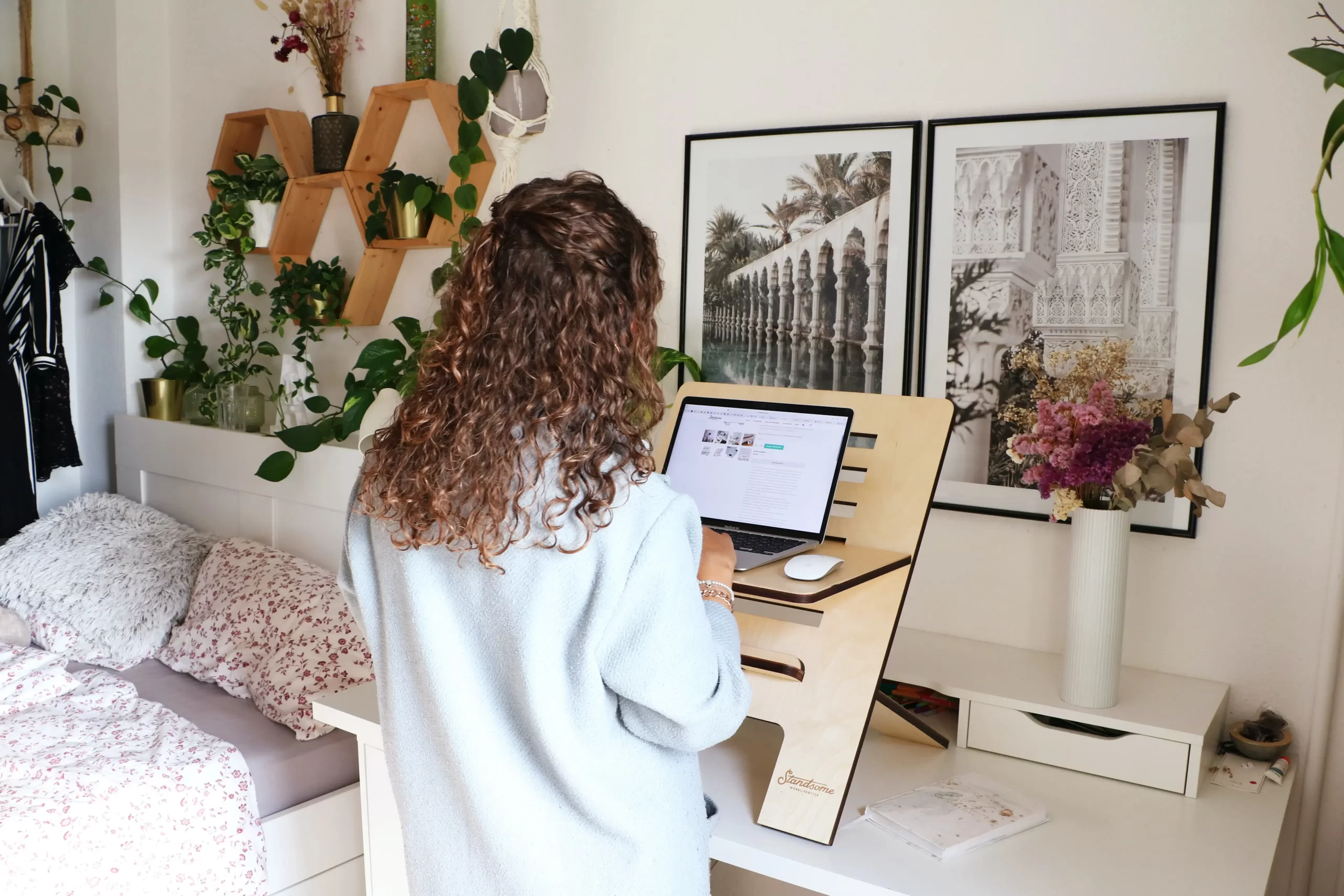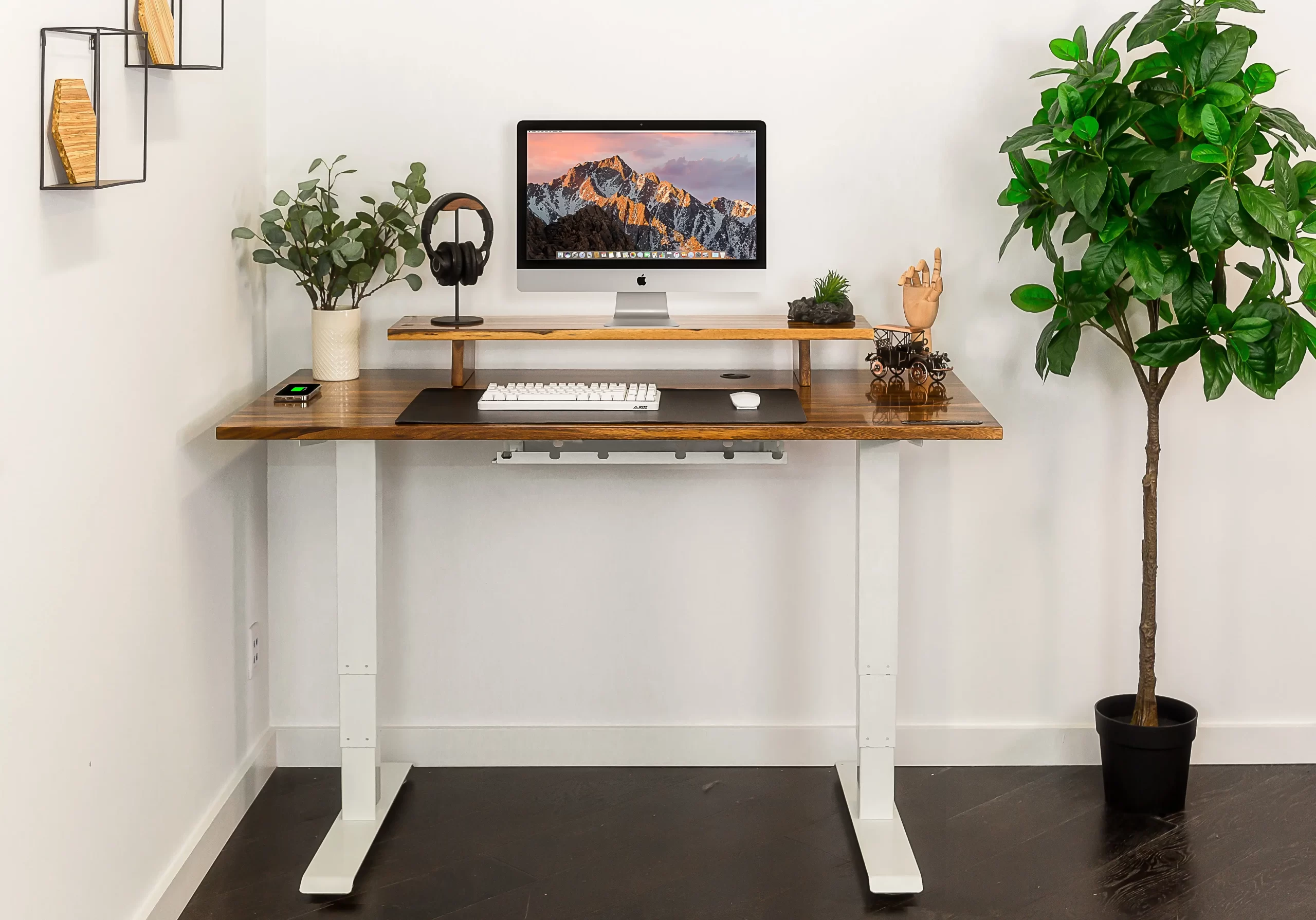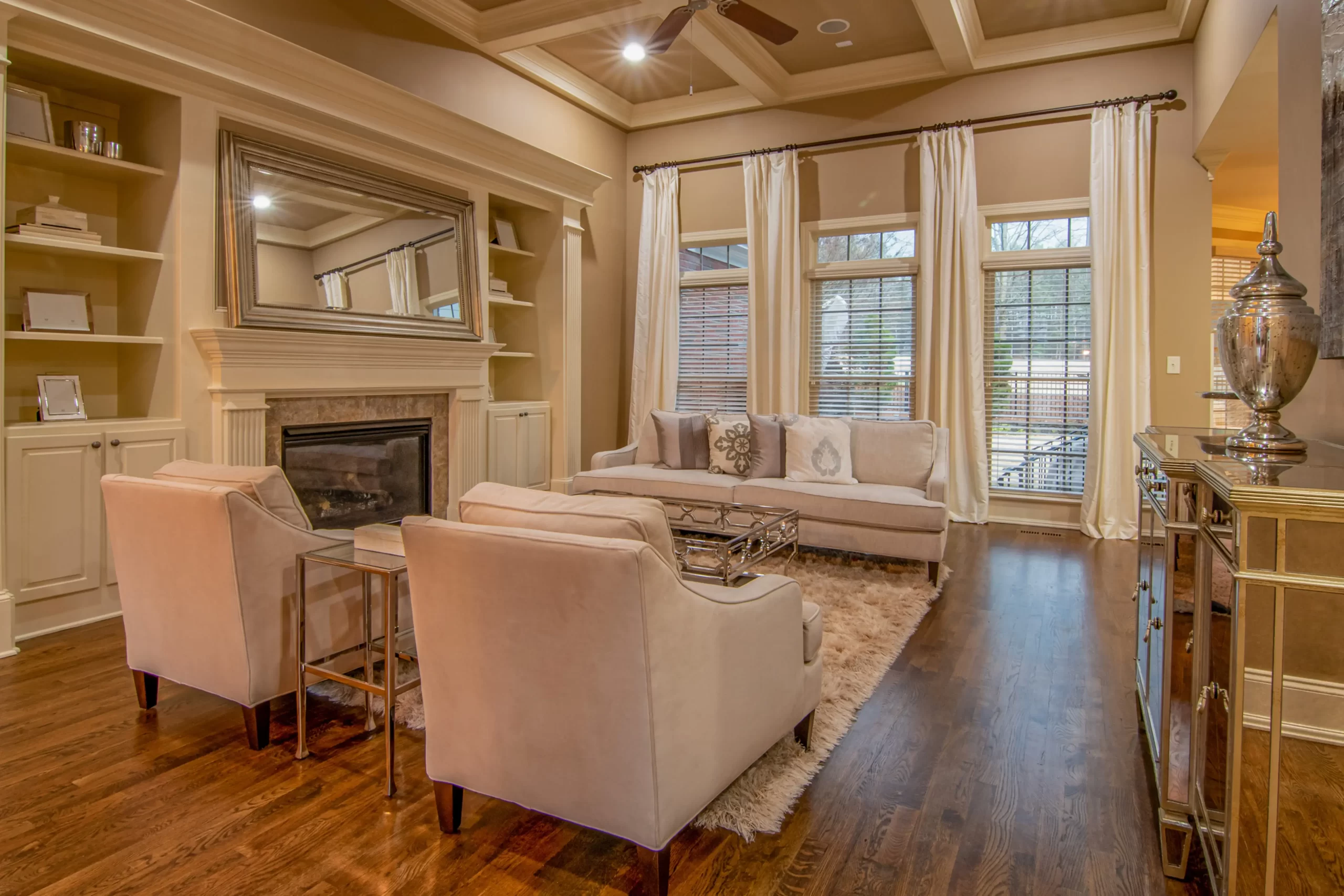Creating Comfortable Spaces: Ergonomics In Interior Design
- General, Interior Design
Creating Comfortable Spaces: Ergonomics In Interior Design
Contact us
Bengaluru
Campus 1 : JD School of Design, No. 18-1, Brigade Road, Bengaluru,Karnataka – 560 001.
Campus 2 : No. 40, Swan House, 4th Cross, Residency Road, Bengaluru, Karnataka – 560001.
Goa
Musthtifund Saunstha , Near Mahalaxmi Temple,Dada Vaidya Road, Goa-403001
Have you ever experienced terrible back pain after sitting in one place for a while? Or maybe you find yourself uncomfortable in your own home office space. This tiresome situation can be solved by incorporating ergonomics in interior design. Ergonomics is the science of designing products and spaces to fit the comfort of people. This includes creating spaces that promote your physical and mental well-being.
In this blog, we’ll take a deep dive into the subject of ergonomics and how it can be incorporated into interior design. Furthermore, we’ll also look at the science behind it and discuss the importance of ergonomics to create a comfortable living space. By the end of this blog, you will understand the question of why is ergonomics important in design and gain practical tips for designing an ergonomic space. You will also learn how you can enrol in design institutes like the JD School of Design to pursue further education in related fields.
So, sit back (on a comfortable chair), and let’s get started.
The History and Science of Ergonomics: Tracing the Origins
Let’s first answer the question ‘what is ergonomics in interior design’. Ergonomics is the study of how people interact with their environment. This science is incorporated from various fields of study like engineering, psychology and physiology. Overall, ergonomics is used in multiple areas of interior design to improve the well-being of people.
Ergonomics has been present throughout human history. Greeks and Romans used it to design tools to fit the human body. However, it wasn’t until the industrial revolution of the 18th and 19th centuries that ergonomic principles were applied to spaces and equipment.
Today, ergonomics plays a critical role in designing everything from furniture to workspaces simply for our comfort. You will learn about these things in detail if you were to enrol in top design institutes like JD School of Design, in their programme BSc in Interior Design and Decoration course.
Fun fact: Did you know, the Aeron chair developed by Hermon Miller was made by using the science of anthropometrics and ergonomics in interior design? This was based on extensive research about the human body and how people sit. Thus, the chair was designed to have a mesh back that supports the spinal curvature. The chair can also be adjusted to accommodate different body types.
Applying Ergonomics to Interior Design

Ergonomics can be applied to various aspects of interior design. It can be included in furniture, lighting and colours as well. Ergonomics in furniture design is extremely crucial if you want to avoid any physical discomfort. Problems such as back pain, eye pain and carpal tunnel syndrome can affect your quality of life. Hence, incorporating ergonomics in residential design is a must to have a comfortable and safe space.
A well-designed piece of furniture can give your back the best support and make you feel comfortable. Meanwhile, good lighting can reduce eye strain. Finally, colours play an essential role in altering your moods and energy level.
Similarly, ergonomics in industrial design is crucial to ensure your work is more efficient while being comfortable in your workspace. Here are a few tips for creating an ergonomic space:
- Ensure you arrange furniture in a way that promotes good posture
- Place chairs and desks at the right angle and height
- Make sure the lighting is bright enough to keep the room lively
- Incorporate plants into your space to improve air quality
Designing an Ergonomic Space

If you’ve been wondering about which factors are important when designing an ergonomic room, then you’re at the right place.
Here are some factors that are crucial when designing an ergonomic room:
- Furniture layout and arrangement
- Proper lighting to promote productivity
- Colour selection for a calm environment
- Proper ventilation and air filtration systems
- Acoustics to cancel out noise and create a comfortable environment
Let’s go ahead and take a look at how you can incorporate this science into your spaces.
1. Creating an Ergonomic Bedroom
Have you ever woken up from your sleep with neck or back pain? Applying ergonomic principles in your bedroom can improve your sleep quality and reduce back or neck problems.
However, you must also make sure you follow the design principles to create an ergonomic bedroom.
Here are a few ways to turn your bedroom into an ergonomic one:
- Choosing a supportive mattress
- Temperature control for sound sleep
- Select appropriate windows for controlling light levels and air ventilation
2. Creating an Ergonomic Workspace
You don’t have to dread your workspace anymore. With the correct furniture placement and other ergonomic factors, you are sure to have a comfortable workstation.
To create a comfortable space for working, you must ensure these things:
- The computers are at eye level to avoid neck pain
- Incorporate standing adjustable tables
- Chairs that have proper back support
- Incorporate document holders to have easy access to prevent eye or neck strain
Principles of Ergonomic Design

As seen previously, certain factors that affect the design in an ergonomic space. But there are some principles to be followed to create the products of great ergonomic living spaces.
So, if you want to know what are ergonomics design principles hang on; we’ll soon discuss them. These principles are researched and intended to reduce the risk of injury or discomfort. Furthermore, they are the base for making furniture, products and environments for people’s well-being.
The fundamental ergonomic design principles are:
- Comfort
- Safety
- Efficiency
- Accessibility
- Adaptability
Conclusion
Incorporating ergonomics in interior design is essential for creating a comfortable space. By understanding the principles and factors of ergonomics, you can design spaces that promote a happy life. Furthermore, by getting rid of back pains, bad postures and stress, you can achieve a better life.
If you are interested in creating better spaces for people, then this three-year BSc in Interior Design and Decoration course is for you. JD School of Design provides you with a comprehensive curriculum that covers all the skills you’d require as an interior designer. So, get on board and enter the dynamic field of interior design.
